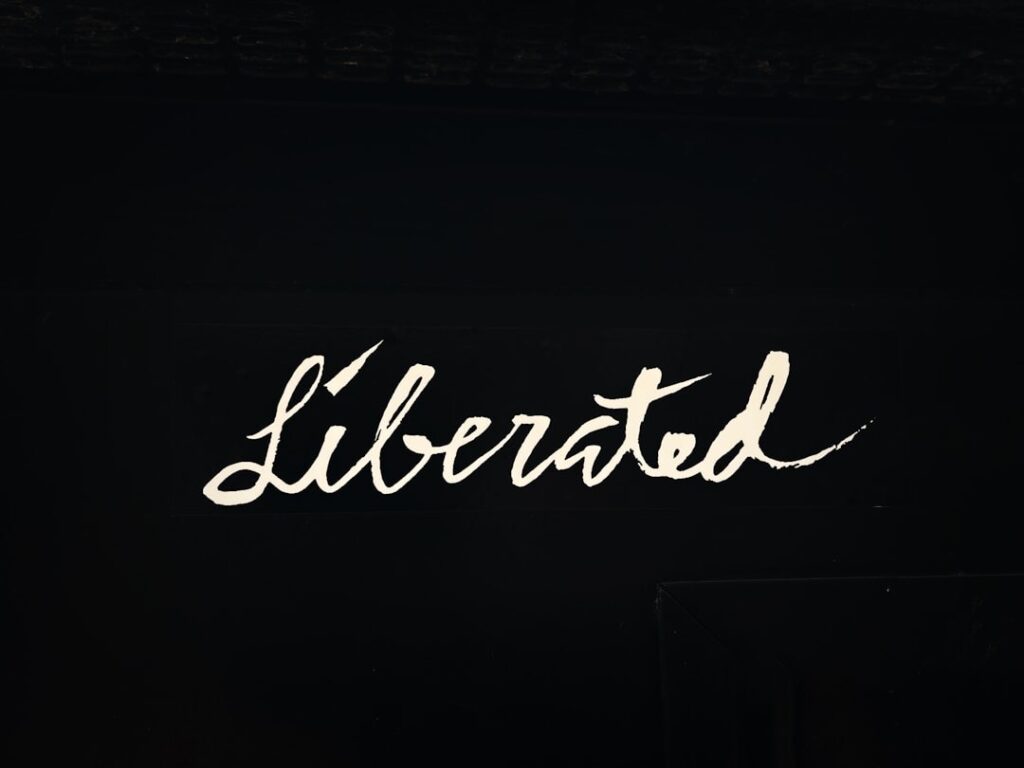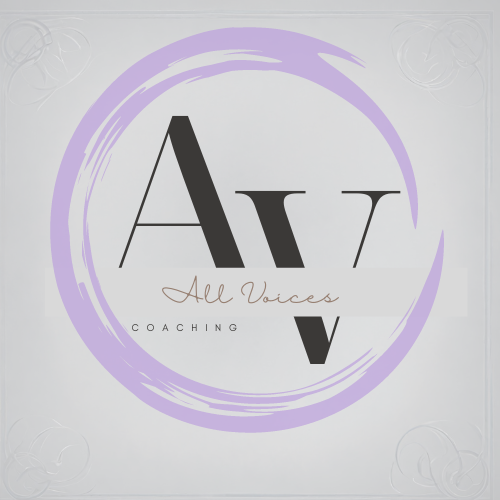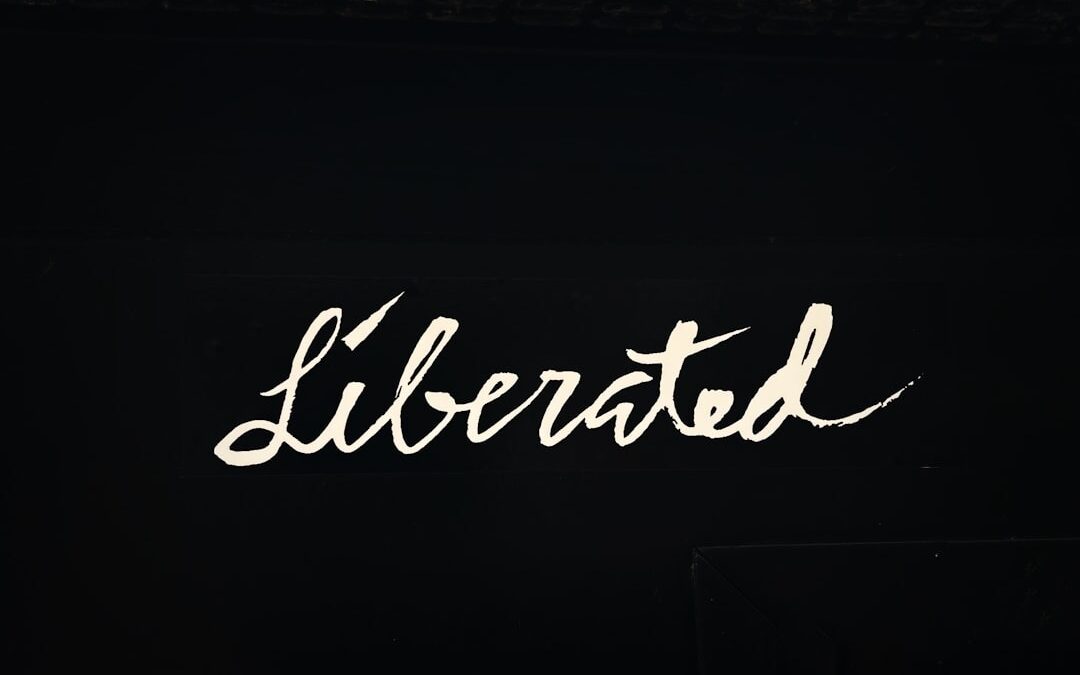
Across industries, “DEI” — Diversity, Equity, and Inclusion — has become both a rallying cry and a target. As organizations navigate growing scrutiny and political pushback, many leaders are asking: What now?
The truth is that DEI was never just a corporate initiative; it’s a commitment to designing workplaces where people can thrive, contribute, and belong. It’s not a fad, and it’s not charity. It’s strategy, integrity, and innovation in action.
This article explores how to evolve DEI beyond compliance or culture statements into a living, resilient framework that strengthens both your people and your business.
What DEI Really Means (and Why the Language Matters)
“Diversity, Equity, and Inclusion” are often treated as checkboxes, but they are better understood as practices of organizational health.
- Diversity asks: Who’s in the room and who isn’t?
- Equity asks: Who has access to opportunity, influence, and safety?
- Inclusion asks: Who’s shaping the culture and whose voice is missing?
In my practice of leadership, I use a fourth frame: Access and Belonging. Because when DEI is done well, the outcome isn’t optics, it’s access: expanded pathways to leadership, opportunity, and innovation for everyone connected to your organization.
✨ In other words: DEI is not a moral accessory. It’s a blueprint for shared growth and sustainable success.
The Business Case — and the Human Case
Data consistently shows that diverse, equitable workplaces outperform their peers.
Teams with inclusive cultures see higher creativity, stronger retention, and better problem-solving.
But the “business case” is only part of the picture.
The human case for DEI is just as vital:
- Inclusive environments reduce harm and burnout.
- Equity in leadership and pay builds trust and retention.
- Representation in decision-making produces better outcomes for everyone.
When people feel seen, respected, and empowered, performance becomes a byproduct of belonging.
Navigating the Backlash: Reframing Resistance
The current wave of anti-DEI sentiment has created confusion and fear in many organizations. Some have scaled back initiatives, fearing controversy. But retreating from equity work doesn’t neutralize tension; it reinforces inequity.
To lead through this climate, shift from defensiveness to clarity:
- Center your values. DEI is about fairness, dignity, and shared prosperity, not politics.
- Reframe DEI as design. It’s about creating conditions for success, not enforcing quotas or ideology.
- Communicate your “why.” Tie your equity work directly to mission, service, and organizational health.
🪶 DEI isn’t under attack — systems of accountability are. That means your commitment matters now more than ever.
Strategies for Reimagining DEI in Practice
- Design Hiring as Access, Not Optics
Build hiring and promotion systems that look for potential and lived experience, not just credentials. Review job descriptions for bias, diversify hiring panels, and measure equity in outcomes, not just outreach. - Rebuild Leadership Pipelines
Representation at the top shapes decisions everywhere else. Develop leadership coaching, mentorship, and sponsorship programs for historically excluded staff, and make them part of your formal leadership development structure. - Shift from Training to Transformation
Workshops alone don’t change culture. Pair learning with system redesign; rethink how feedback, performance evaluation, and compensation align with inclusion. - Integrate Equity Into Operations
Equity should live in your budgets, policies, and planning cycles, not just in HR or communications. Every decision-making process should ask: Who benefits? Who bears the burden? - Make DEI Transparent and Measurable
Track your efforts as you would any other strategic goal: retention, promotion, pay equity, and satisfaction by demographic. Share your progress and your challenges openly. Transparency builds credibility.
Engaging Your Team Without Burnout or Tokenism
Inclusion can’t be imposed; it’s built through dialogue and shared power.
Create multiple pathways for participation: listening sessions, working groups, and co-design spaces where staff can shape initiatives.
Recognize and compensate the invisible labor of equity work.
Avoid expecting employees from marginalized groups to “fix” culture alone. DEI belongs to everyone, and leadership must resource it accordingly.
💬 True inclusion is when people don’t have to leave parts of themselves at the door to be seen as professional.
Leveraging DEI for Sustainable Success
When you move beyond performative efforts, DEI becomes an engine for innovation.
- It strengthens brand trust by aligning values with action.
- It increases resilience by equipping teams to navigate complexity and change.
- It enhances decision-making by including diverse lived experiences and expertise.
Highlight your equity commitments in your hiring, partnerships, and public storytelling. Let your values be visible as truth in practice.
Facing Challenges with Courage
Yes, DEI work is hard. It asks organizations to look inward, to change habits, and to share power.
But the alternative, complacency, costs more in morale, turnover, and lost creativity than any investment in equity ever could.
Courageous leaders treat resistance as feedback, not failure. They stay the course because equity isn’t a side project; it’s the future of ethical business.
In Closing
Diversity, Equity, and Inclusion, or Access and Belonging, aren’t political trends. They’re the practices that help businesses align integrity with impact.
As the climate around DEI evolves, the question for leaders isn’t whether to continue, but how to continue with deeper conviction, clearer strategy, and stronger connection to community.
Your work in equity doesn’t end because the environment is hostile; it becomes more meaningful.

